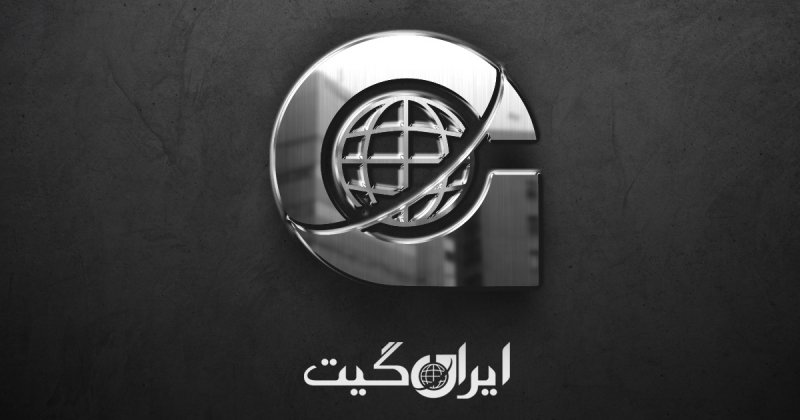Hamas at the Crossroads of Collapse or Survival
Hamas at the Crossroads of Collapse or Survival
According to IranGate News Agency, while two years have passed since the bloody conflicts in the Gaza Strip and a large part of this region is still grappling with a humanitarian crisis and a power vacuum, the future of Hamas — a group that has controlled Gaza for nearly two decades — remains shrouded in uncertainty.
Alongside the implementation of ceasefires and international peace plans, signs of this group’s efforts to maintain its political and military influence are observed, a topic that has raised new questions about the fate of the power structure in Gaza and the possibility of forming new security arrangements in this region.
Recent Developments in the Gaza Strip and the Situation of Hamas
After nearly two decades of Hamas’ rule over the Gaza Strip and several rounds of conflict with Israel, questions have been raised about the future of this group and the possibility of it laying down its arms.
Despite reports and images published from Gaza following the implementation of the ceasefire on October 10, signs of Hamas’ efforts to re-establish its influence are observed.
According to local sources and aid workers, in recent weeks, armed individuals affiliated with this group have reappeared in some areas of Gaza. Some residents have reported violent encounters with opponents.
According to one of the aid workers, some of the targets of these attacks were individuals involved in diverting humanitarian aid or looting relief items. The United Nations has also accused certain criminal gangs of stealing aid.
On the international level, more details of the 20-point peace plan proposed by U.S. President Donald Trump have not yet been released.
This plan reportedly includes proposals for the disarmament of Hamas, granting amnesty, the withdrawal of this group’s forces from Gaza, and the transfer of power to an international force to maintain stability.
Trump initially had an ambiguous stance on the conflicts, but a few days later, he announced in a statement on his social network that if the violence by Hamas continues, the United States would not rule out military action.
In Gaza, opinions about the likelihood of Hamas stepping down from power vary. Some aid workers and civil activists say the collapse of public order in the past two years has left part of the community still believing in the need for a centralized force to control the situation.
In contrast, some local lawyers and critics have expressed doubt about the real intentions of this group to relinquish power.
A former advisor to Hamas has said that the presence of international forces from countries like Turkey and Egypt might be implemented in the coming months.
According to him, this phase could pave the way for disarmament and the transfer of power, but some other Gaza residents believe this process will not be easily achieved.
Israeli security experts also believe that despite the significant weakening of Hamas, this group remains the main player in Gaza, and there is no short-term replacement for it. They say relying on scattered armed groups or local gangs cannot create long-term stability.
In the U.S.-proposed ceasefire plan, it is envisioned that a transitional interim government composed of non-political Palestinian figures will take over the administration of Gaza. However, many analysts believe convincing Hamas’ armed forces to lay down their weapons will be one of the toughest challenges.
Hamas emerged in the 1980s from the Muslim Brotherhood movement in Egypt and took control of the Gaza Strip after winning the 2006 elections. Since then, Gaza has witnessed several large-scale conflicts with Israel.
According to former Israeli security sources, Tel Aviv’s policy in recent years has mainly focused on managing the conflict and has sometimes included indirect support for the continuation of Hamas’ rule in Gaza to prevent political unity among Palestinian groups.
On the other hand, reports indicate that over the years, Hamas has created a complex network of underground tunnels used in military operations and for concealing weapons. Estimates suggest that only part of this network was destroyed during Israeli military attacks, and there is a possibility of its reconstruction.
Following the assassination of senior Hamas leaders in 2024, including Ismail Haniyeh in Tehran and Yahya Sinwar in Rafah, the group’s command structure has become unstable. Despite this, reports indicate the continued activity of military branches and efforts to recruit new forces.
Some former Hamas figures have spoken of the group’s willingness to rethink its approach and have speculated that in the future, Hamas might enter the political arena under a new name or structure.
However, security experts are doubtful that this group will completely withdraw from the political and military scene in Gaza.
Overall, despite the severe weakening of Hamas as a result of recent wars and the assassination of its leaders, this group is still considered one of the determining factors in Gaza’s dynamics. Analysts say without offering a stable political vision for the Palestinian people, the likelihood of new conflicts in the coming years remains high.
